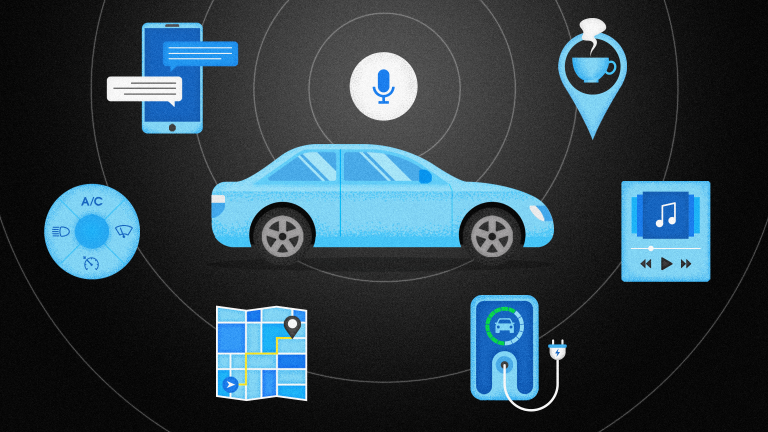Instead of a complex menu, customers are simply greeted with a “How may I help you today?”, where they can then respond conversationally and naturally rather than debating which number best represents their question or repeatedly pressing zero to speak to a human.
Telecom uses voice assistants in contact centers for a variety of reasons, including:
- Personalized experiences
- Natural interactions
- Reduced operational costs
- Enhanced security
- Omnichannel experiences
Rather than asking callers to repeat identifying information through the call, voice assistants can make interactions more personal and efficient by recognizing the phone number of the caller and associating it with the name and profile on record. Through advancements in speech technology, such as Natural Language Understanding (NLU) and Automatic Speech Recognition (ASR), voice AI is also able to understand complex queries and compound questions, providing a superior customer experience.
Conversational voice AI can also decrease wait times and increase resolution rates by handling queries that don’t require a human operator, allowing contact center employees to spend their time on calls that require human ingenuity. By incorporating voice assistants across channels, telecom companies will be able to achieve the consistent brand experiences they seek.
Retail is buying into voice AI
Customers looking for faster, more convenient, and personalized shopping experiences are already using voice-enabled mobile apps and websites to complete their retail transitions. Businesses in the retail space are adopting conversational AI to provide greater choice and filtering capabilities in the competitive e-commerce space and are looking for ways to include voice-enabled kiosks and other voice experiences for better in-store convenience and efficiency.
Mastercard’s voice-first experience for retail—their “Shop Anywhere” voice solution, powered by Houndify—is a great example of conversational AI for retail. The “Shop Anywhere” voice solution allows for personalized shopping experiences, no wait or checkout lines, secure payments, and access to stores outside normal operating hours.
Voice-enabling kiosks are a natural evolution for many in the retail industry who are already using interactive kiosks for a variety of customer service purposes, such as price checking. With voice-enabled kiosks, customers can get their questions answered anytime without having to hunt for a sales associate, stand in long lines, or wait while the correct person is located to get the answers to otherwise simple questions.
Voice-enabled mobile apps and websites are natural additions to e-commerce experiences, affording customers faster, more accurate search, superior filtering functionalities, and exceptional customer service. Voice search allows customers to more easily find the exact product they’re looking for without getting lost in a sea of unrelated suggestions and buried products. Available 24/7, voice-enabled customer centers on websites deliver real-time responses and the convenience for customers to get the answers they need and make purchases anytime and anywhere.









